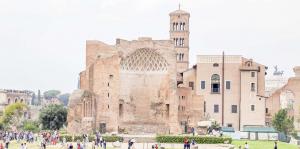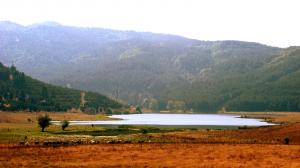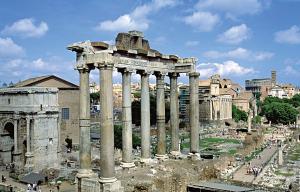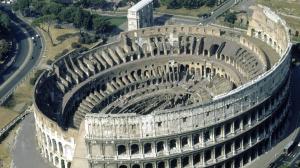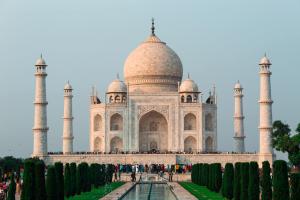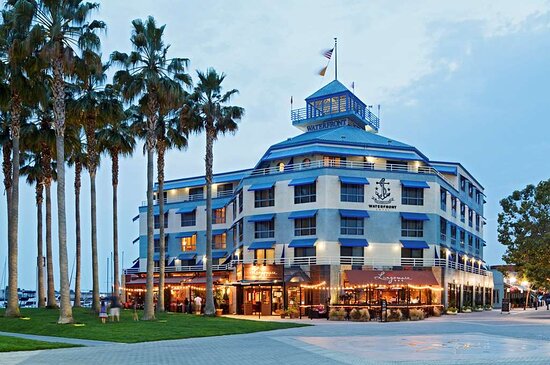After the ruling House of Medici died out, their art collections were given to the city of Florence under the famous Patto di famiglia negotiated by Anna Maria Luisa, the last Medici heiress. The Uffizi is one of the first modern museums. The gallery had been open to visitors by request since the sixteenth century, and in 1765 it was officially opened to the public, formally becoming a museum in 1865.
Uffizi Gallery

Florence , Italy
Overview
After the ruling House of Medici died out, their art collections were given to the city of Florence under the famous Patto di famiglia negotiated by Anna Maria Luisa, the last Medici heiress. The Uffizi is one of the first modern museums. The gallery had been open to visitors by request since the sixteenth century, and in 1765 it was officially opened to the public, formally becoming a museum in 1865.
things to do
attractions
Plan your trip to Italy
Experience the best tours, attractions & activities you won’t want to miss.
Enjoy up to 50% on hotels and restaurants in Italy
Experience the best tours, attractions & activities you won’t want to miss.
Overview
In our recommendation of places to visit in Italy, this Tourist Attractions in | Museums in | Historical places in | Buildings in | Art galleries in | leads the conversation. Uffizi Gallery is considered as one of the most important attraction in . For a Tourist Attractions in | Museums in | Historical places in | Buildings in | Art galleries in | it holds some of the most historic artifacts in Italy. This maybe why it is considered the best Tourist Attractions in Italy| Museums in Italy| Historical places in Italy| Buildings in Italy| Art galleries in Italy| by some of the residences. It is impossible to talk about sightseeing in or sightseeing in Italy without talking about the Uffizi Gallery.
There are so many attractions in Italy to visit when you are considering things to do in Italy especially when you are looking at things to do in . So, if you are considering sightseeing in when you are around then this Tourist Attractions in Italy| Museums in Italy| Historical places in Italy| Buildings in Italy| Art galleries in Italy| should be top on your list. on its own is seeing as one of the top cities in Italy when you are looking for things to do in Italy. Which is why we are not surprised with this Tourist Attractions in Italy| Museums in Italy| Historical places in Italy| Buildings in Italy| Art galleries in Italy| , Italy is seen as one of the most popular in the country. There are other places to go in , however, this place remains one of the most popular amongst tourists. There is no tour guide comprising of places to visit in Italy that doesn’t have the Uffizi Gallery.
